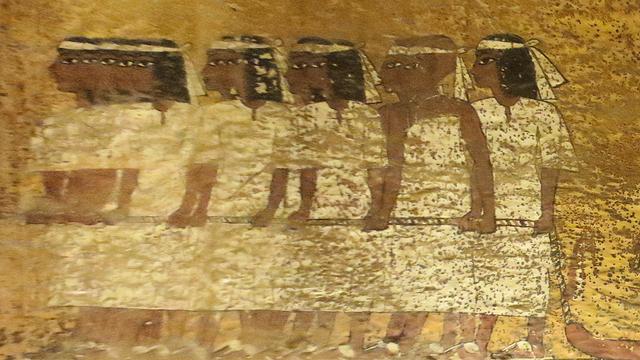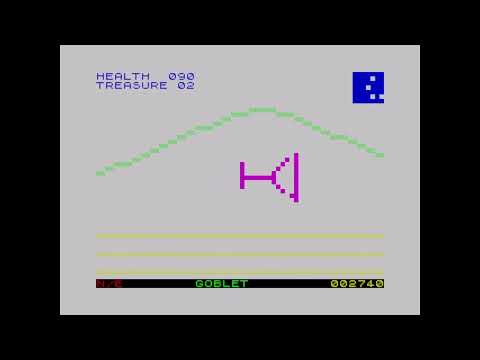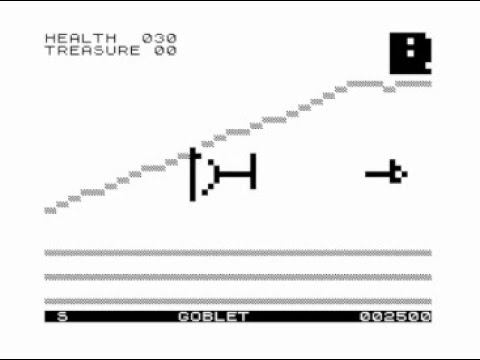My photos inside the Tomb of Rameses IX (KV6) at The Valley Of The Kings, Luxor. Videos to follow.
Tomb KV6 in Egypt's Valley of the Kings is the final resting place of the 20th-Dynasty Pharaoh Ramesses IX. However, the archaeological evidence and the quality of decoration it contains indicates that the tomb was not finished in time for Ramesses's death but was hastily rushed through to completion, many corners being cut, following his demise.
It is located in the central part of the Valley. Its unusually wide entrance stands between, and slightly above, those of two other tombs: KV5 and KV55. Running 105 metres into the hillside, the tomb begins with a gate and a shallow descending ramp followed by three successive stretches of corridor. The first of these has four side chambers – two on each side – but none of these are decorated or finished.
#ValleyOfTheKings,
#RamesesIX #Luxor #Egypt #ExperienceEgypt #AncientEgypt #Travel #TravelPhotography #Tauck #TauckTours


